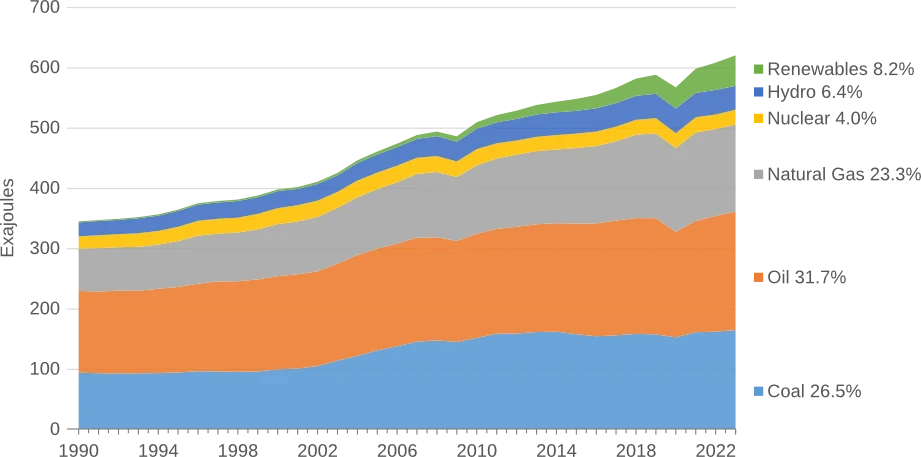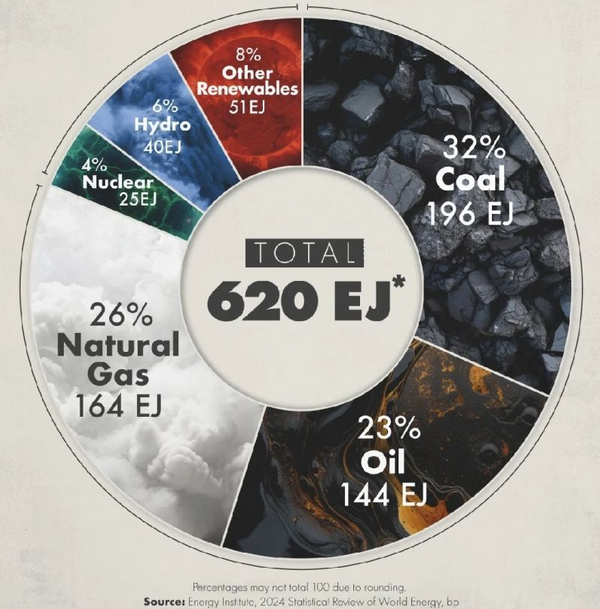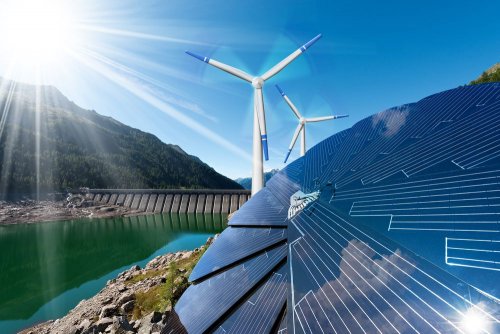Last year, global energy production from renewable sources increased by 13% to a record level of 4,748 TWh.
These data were published in the report “Statistical Review of World Energy 2024” by the Energy Institute.
Analysts said that this growth was almost entirely driven by wind and solar energy. It accounted for 74% of all net additional electricity generated.
The share of primary energy use from renewable sources was 8.2%, or 14.6%, including hydropower.
Global electricity production increased by 2.5% in 2023, reaching a record level of 29,925 TWh. The recorded growth rate, which was 25% higher than the total global primary energy consumption, indicates that the global energy system is becoming increasingly electrified.

The share of renewable energy sources in total electricity production increased from 29% to 30%. At the regional level, South and Central America recorded the highest contribution of renewable energy sources – 72%.
The share of nuclear energy remained unchanged at around 9% thanks to new construction of nuclear power plants in China and the restarting of plants in France and Japan, which was offset by the closure of the last nuclear power plant in Germany.
Judging from the graph, the potential of RES – hydro, atomic, solar and wind energy – is very significant and can significantly reduce the share, first of all, of coal in the world's global energy balance.
Along with this, global primary energy consumption also reached a new record for the second consecutive year. It was recorded at 620 exajoules (EJ), which is 2% more than in 2022.

Before, EcoPolitic reported that world coal consumption has reached historical maximum thanks to China and India.





